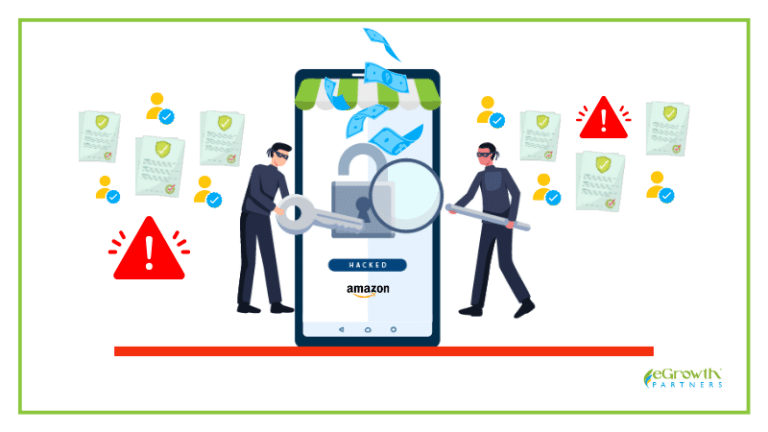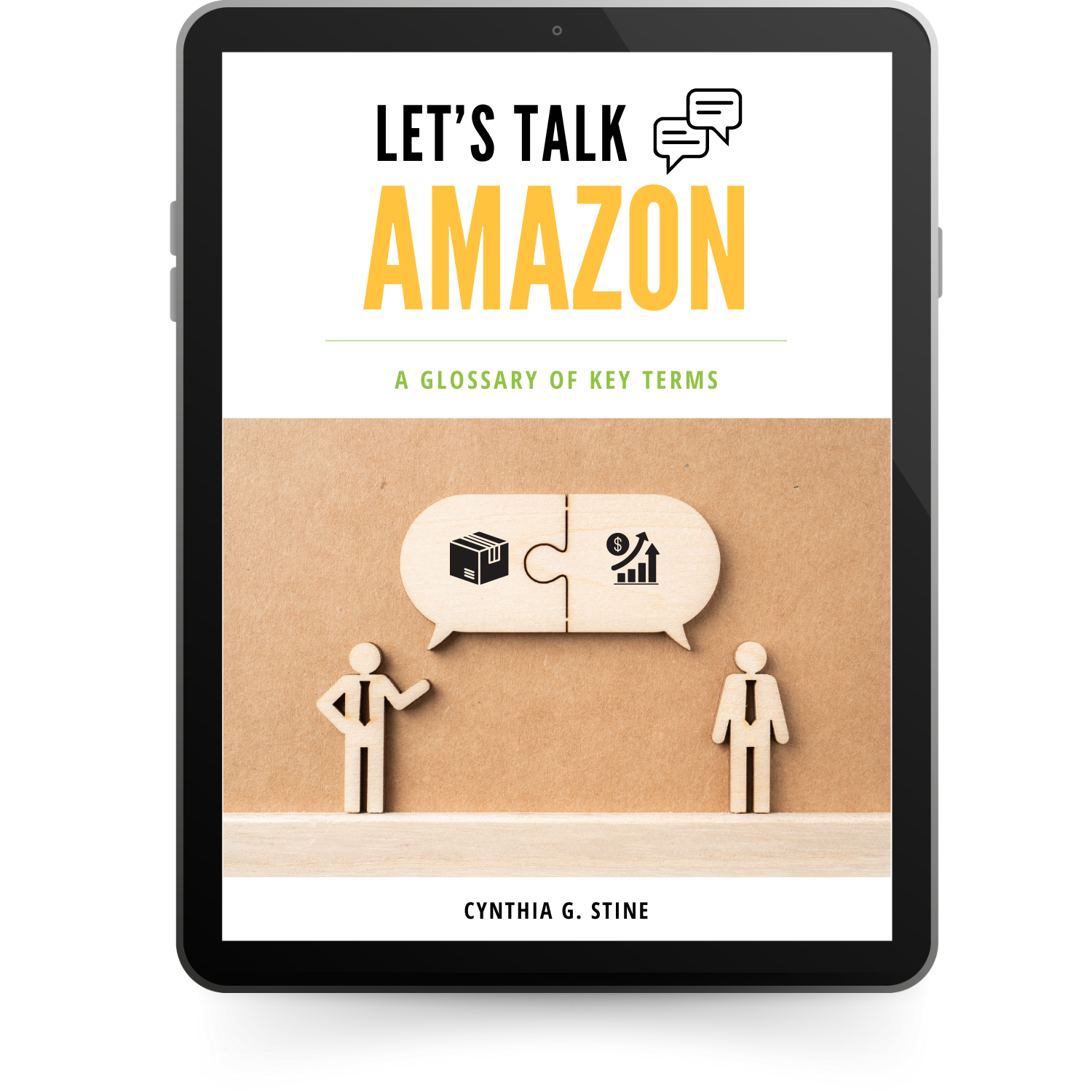Part three of my series on what Amazon sellers can learn from the recent conspiracy indictment focuses on the problems with Amazon’s first lines of defense against bad actors – seller identity verification and linked account suspensions.
Amazon has several approaches to identifying and eliminating bad actors including verification and linked accounts. Amazon touts success like “X hundred thousand bad actors stopped from joining the platform in 2022,” in its PR pieces, but the real numbers that we as sellers care about is how many didn’t they stop?
I know from our work with clients that some of those accounts that Amazon has stopped with verification were honest sellers who made a mistake. They didn’t understand what Amazon wanted or the machine learning couldn’t “read” their document, or they moved and didn’t have an updated driver’s license…you get the idea. Given the difficulty for honest sellers to pass verification sometimes, you would think it would be hard for bad actors. Not really. They know what to do to hide themselves, and they can also pay to have their account annotated as “verified,” even when it’s not.
Basically, verification stops bad actors who are ignorant of how Amazon works or who don’t know who to bribe. The bad actors conducting illegal operations on the platform are technologically savvy, armed with insider information about Amazon, and able to bribe someone as needed.
Some bad actors have hired people to go get a job at Amazon in a specific department. They pay them a full-time salary (on top of what Amazon pays) to be available 7 days a week to fix problems for them as needed. They don’t have to hire a data broker or involve anyone else in the scheme. They have a mole.
Other bad actors work through cut outs like the conspirators. Joe Nilsen explained how “Mr. K” intimidated and abused him while using his company as a shield against discovery. There are no doubt
other similar arrangements in operation right now on Amazon.
Amazon Seller Identity Verification is Not Enough
Amazon seller identity verification is Amazon’s primary weapon against bad actors trying to set up an account on Amazon, but there are glaring vulnerabilities. Until recently, there were unknown thousands of “grandfathered” seller accounts that were created before verification. They were never verified and operated without interference. Amazon was only asking NEW accounts to get verified. For years!
Over the past year, that has changed as Amazon has started to go back and verify older accounts. For all of you who recently went through verification as part of Amazon’s compliance with the INFORM Act, my heart goes out to you. It was a pain.
However, as annoying as it can be with all of Amazon’s finicky requirements, document rejections and so on, there are still bad actors who can fool verification. I’m not going to tell you how, but it is being done. Certainly, some are bribing Amazonians to annotate their account as already verified, but others can do it without these measures. Verification is not enough.
Once again, honest Amazon sellers suffer while bad actors glide on by. Amazon’s new video interview requirement might help. It will be interesting to see how they use this with sellers in the future. I’m uncomfortable with this development because of how they might use it – Facial recognition? Profiling? Lie detection? But maybe it will help. Some of my clients did the video interview, but others weren’t required to. Amazon is not sharing its criteria, but the fact that some weren’t asked tells me there’s a way to avoid it; bad actors will find it and exploit it soon enough.
Linked Account Takedowns Aren’t Enough
It was said in passing in the indictment that some of the co-conspirators had multiple accounts and used them to attack other sellers. While the indictment focused on those accounts being used for planting negative reviews on a competitor’s listing, bad actors also use multiple accounts to “pack the front page” and to act as a “Plan B” if one of their accounts is suspended.
Packing the front page is where all the items are owned by the same seller, you just don’t know it. They appear to be different brands and listings. This tactic moves competitors to page 2 and beyond. Since most buyers rarely go to page 2 or beyond, it’s an effective way to bury your competition.
Having multiple accounts is against Amazon’s Business Service Agreement with a few notable exceptions. Within those exceptions you cannot sell the same product in different accounts even if they are different brands. In other words, if you sell a milk frothier in one account, you can’t sell a milk frothier in another account, for example. This means having a “Plan B” account (one that is selling your products while the other is suspended) is strictly forbidden.
Amazon sellers are only allowed one account for life with very narrow exceptions for a reason – Amazon doesn’t want bad actors getting back on the platform after they’ve been banned.
When Amazon discovers two (or more) accounts that are linked improperly (without permission and not complying with the narrow exception), they suspend all the accounts and require the owners to explain the linkage to be reinstated. They are rarely wrong. I can’t tell you how many of my clients swore up and down that there was no linkage, they had no idea why Amazon thought this, etc., and then we found out why in our investigation.
More than 40% of our account reinstatements are linked accounts (often also requiring re-verification at the same time). We are good at it, but they are frustrating too. Many honest sellers get caught up in these, and it can take weeks to get them back as Amazon ignores our clients’ appeals and explanations. We almost always must escalate these cases multiple times. The bad actors don’t hire us, of course; they just bribe someone to annotate their account.
And that’s a problem. I know sellers who have dozens to literally hundreds of accounts. Because they have so many, they don’t worry too much about following Amazon’s rules. If one goes down, they have others. Sometimes they will take the listings of the defunct account and add them as variations to their listings in a different account so they can keep their reviews, basically.
Some of these sellers have what they call “clean” accounts and “dirty” accounts. The dirty accounts are the ones that violate the rules to gain competitive advantage for the benefit of the clean account. I call this the shell game. I’ve seen it used not only to edge out the competition but also to attempt millions of dollars in insurance fraud (I was an expert witness on the case).
The next post in this series covers proactive steps Amazon must take to reduce bad actors on the platform.




